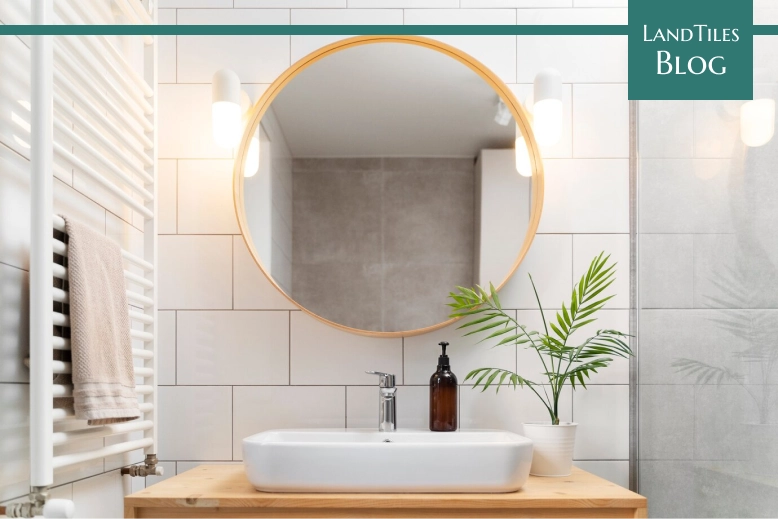
Choosing the perfect bathroom tiles can transform your space, adding both style and functionality. With a plethora of options available, making the right choice can be overwhelming. This guide provides expert tips and the latest trends to help you navigate the process with ease and confidence.
Choosing the right bathroom tiles is crucial for several reasons. Not only do they define the aesthetic appeal of your space, but they also contribute to its functionality and durability.
Enhancing Aesthetic Appeal: Bathroom tiles can set the tone for the entire room, providing a foundation for your design. Whether you prefer a modern, minimalist look or a more traditional, ornate style, the right tiles can enhance your vision.
Increasing Property Value: High-quality, well-chosen tiles can increase the value of your home. Potential buyers often appreciate the durability and beauty of a well-tiled bathroom, making it a worthwhile investment.
Improving Durability: Bathrooms are exposed to moisture, heat, and frequent use. The right tiles can withstand these conditions, providing long-lasting durability and reducing maintenance needs.
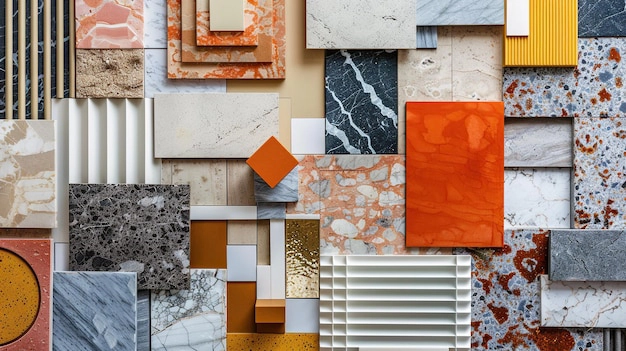
Before choosing tiles, it’s essential to understand the different types available. Each type has unique characteristics and benefits.
Ceramic Tiles: Known for their versatility and affordability, ceramic tiles are a popular choice for bathrooms. They come in various colors, shapes, and sizes, making them suitable for various design styles.
Porcelain Tiles: More durable and water-resistant than ceramic tiles, porcelain tiles are ideal for high-moisture areas. They are also available in a wide range of finishes, including matte, glossy, and textured.
Glass Tiles: These tiles add a luxurious touch to any bathroom. They are perfect for creating accent walls or backsplashes and are available in numerous colors and finishes.
Stone Tiles: Natural stone tiles, such as marble, granite, and limestone, offer a timeless and elegant look. They require more maintenance but are incredibly durable and unique.
Mosaic Tiles: Composed of small pieces of glass, ceramic, or stone, mosaic tiles are perfect for creating intricate patterns and designs. They are often used for accent walls, borders, and backsplashes.
Choosing between ceramic and porcelain tiles depends on your specific needs and preferences.
Differences: While both types are made from clay and fired in a kiln, porcelain tiles are denser and less porous than ceramic tiles. This makes porcelain more water-resistant and suitable for areas with high moisture.
Advantages: Ceramic tiles are generally more affordable and easier to cut and install. Porcelain tiles, on the other hand, offer superior durability and water resistance, making them ideal for bathrooms.
Disadvantages: Ceramic tiles can be less durable and more prone to chipping compared to porcelain. Porcelain tiles are typically more expensive and harder to work with, requiring specialized tools for cutting.
Staying updated with the latest trends can help you choose bathroom tiles that are both stylish and functional.
Natural Stone: Natural stone tiles, such as marble, granite, and slate, continue to be popular for their timeless beauty and durability. Each piece is unique, adding a touch of luxury to your bathroom.
Marble: Marble tiles are synonymous with elegance and sophistication. They are perfect for creating a high-end look but require regular maintenance to keep them looking pristine.
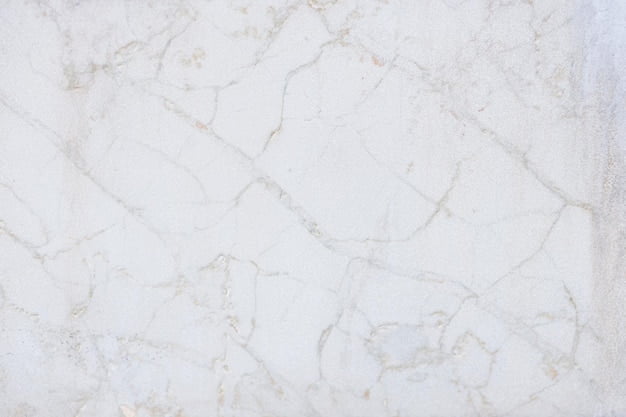
Concrete: Concrete tiles are gaining popularity for their industrial and modern appeal. They are incredibly durable and can be customized with various finishes and patterns.
Wood-Look Tiles: These tiles mimic the appearance of natural wood but offer the durability and water resistance of ceramic or porcelain. They are perfect for creating a warm and inviting bathroom space.
The size of your bathroom tiles can significantly impact the overall look and feel of the space.
Small Tiles: Small tiles, such as mosaics, are perfect for creating intricate patterns and adding texture to your bathroom. They are ideal for accent walls, backsplashes, and floors.
Large Tiles: Large tiles can make a small bathroom appear more spacious. They create fewer grout lines, resulting in a cleaner and more streamlined look.
Subway Tiles: Classic and versatile, subway tiles are a popular choice for bathrooms. They can be arranged in various patterns, such as herringbone or stacked, to add visual interest.
Hexagon Tiles: Hexagon tiles offer a unique and modern look. They are perfect for creating eye-catching floors and feature walls, adding a contemporary touch to your bathroom.
The colors and patterns of your bathroom tiles can significantly influence the overall ambiance of the space.
Neutral Tones: Neutral tones, such as white, beige, and gray, create a calming and timeless look. They are perfect for small bathrooms, as they make the space appear larger and brighter.
Bold Colors: For a more dramatic effect, consider using bold colors like navy, emerald, or even black. These colors can add a touch of luxury and sophistication to your bathroom.
Geometric Patterns: Geometric patterns, such as chevrons, hexagons, and arabesques, are trendy and add a modern touch to your bathroom design. They can be used on floors, walls, or as accent tiles.
Floral Patterns: Floral patterns are perfect for creating a soft and romantic look. They are ideal for feature walls or backsplashes, adding a touch of elegance and charm to your bathroom.
Grout plays a crucial role in the overall appearance and maintenance of your bathroom tiles.
Choosing Grout Color: The color of your grout can either blend in with your tiles or create a contrast. Light-colored grout creates a seamless look, while dark grout adds definition and can hide stains.
Grout Maintenance: Regular cleaning and sealing of grout can prevent discoloration and mold growth. Epoxy grout is more resistant to stains and moisture compared to cement-based grout.
Epoxy vs. Cement-Based Grout: Epoxy grout is more durable and less porous than cement-based grout, making it a better choice for high-moisture areas. However, it is also more expensive and harder to work with.
Different tile finishes can create various looks and feel in your bathroom.
Glossy: Glossy tiles reflect light, making your bathroom appear brighter and more spacious. However, they can be slippery when wet and show water spots more easily.
Matte: Matte tiles offer a more subtle and sophisticated look. They are less slippery and better at hiding water spots and smudges.
Textured: Textured tiles add depth and interest to your bathroom design. They also provide better slip resistance, making them a practical choice for floors.
Polished: Polished tiles have a high-gloss finish that adds a touch of luxury to your bathroom. They are perfect for creating a sleek and modern look but can be slippery and require regular maintenance.
Choosing eco-friendly tiles can help reduce your environmental footprint without compromising style or quality.
Recycled Materials: Many manufacturers offer tiles made from recycled materials, such as glass, ceramic, and metal. These tiles are sustainable and often have unique and beautiful finishes.
Sustainable Production: Look for tiles produced using environmentally friendly practices, such as low-energy manufacturing and minimal waste.
Low VOC Tiles: Low VOC (Volatile Organic Compounds) tiles reduce indoor air pollution and create a healthier living environment. They are perfect for eco-conscious homeowners.
Safety should be a top priority when choosing bathroom tiles, especially for floors.
Slip Ratings: Check the slip rating of your tiles to ensure they are suitable for wet areas. Tiles with a higher slip rating provide better traction and reduce the risk of accidents.
Textured Tiles: Textured tiles offer better slip resistance compared to smooth tiles. They are ideal for bathroom floors and wet areas, providing extra safety.
Anti-Slip Coatings: Some tiles come with anti-slip coatings that enhance their slip resistance. These coatings can be applied to existing tiles, making them a practical and cost-effective option.
Setting a budget for your bathroom tiles can help you make informed choices and avoid overspending.
Cost Estimation: Calculate the total cost of your tiles, including the price per square meter, installation fees, and any additional materials needed, such as grout and adhesive.
Budget-Friendly Options: There are many affordable tile options available that do not compromise on style or quality. Ceramic tiles and porcelain tiles are generally more budget-friendly compared to natural stone.
Luxury Choices: If budget allows, consider investing in high-end tiles, such as marble or custom-designed tiles. These options can add a touch of luxury and uniqueness to your bathroom.
Deciding whether to hire a professional or tackle tile installation yourself depends on your skills and project complexity.
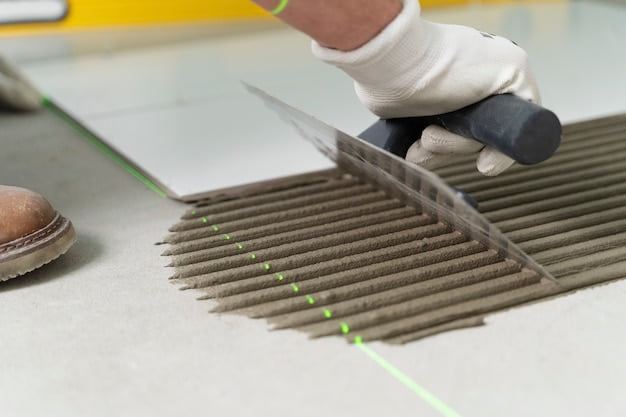
Pros of Hiring a Professional: Professional installers have the expertise and tools to ensure a flawless finish. They can handle complex patterns and tricky installations, saving you time and stress.
DIY Tips: If you choose to install tiles yourself, make sure to prepare thoroughly. Measure accurately, use the right tools, and follow best practices for tile cutting and placement.
Common Mistakes to Avoid: Avoid common DIY mistakes, such as incorrect measurements, uneven tile placement, and improper adhesive application. Take your time and double-check your work to ensure a professional-looking result.
Proper maintenance can keep your bathroom tiles looking new and prolong their lifespan.
Cleaning Techniques: Use gentle, non-abrasive cleaners to avoid damaging your tiles. Regular cleaning can prevent the buildup of soap scum and mold.
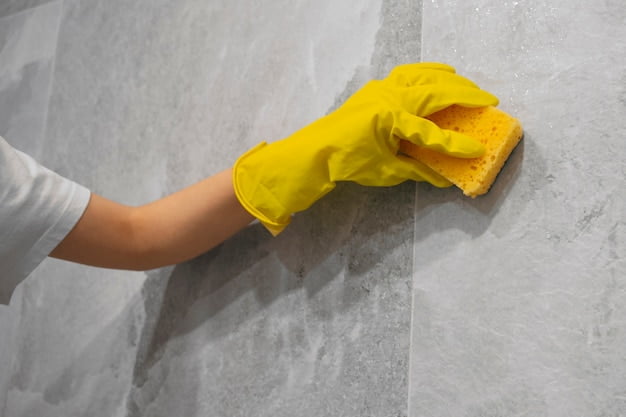
Preventing Mold: Ensure your bathroom is well-ventilated to reduce moisture and prevent mold growth. Regularly clean grout lines and seal them to keep them mold-free.
Sealing Tiles: Some tiles, such as natural stone, require sealing to protect them from stains and moisture. Follow the manufacturer’s recommendations for sealing and resealing.
Advancements in tile technology offer exciting possibilities for your bathroom design.
Digital Printing: Digital printing technology allows for high-resolution images and patterns to be printed on tiles, creating unique and customized designs.
Self-Cleaning Tiles: Some tiles come with a special coating that breaks down dirt and grime, making them easier to clean and maintain.
Radiant Heating-Compatible Tiles: Certain tiles are compatible with underfloor heating systems, providing warmth and comfort in your bathroom.
Mixing and matching different tiles can create a unique and personalized bathroom design.
Mixing and Matching: Combine different tile sizes, colors, and textures to create a dynamic and interesting look. For example, pair large format tiles with small mosaics for a balanced design.
Accent Tiles: Use accent tiles to highlight specific areas, such as shower niches, backsplashes, or feature walls. They can add a pop of color or a unique pattern to your bathroom.
Feature Walls: Create a focal point in your bathroom by designing a feature wall with distinctive tiles. This can be done behind the vanity, in the shower, or on a prominent wall.
The right tiles can make a small bathroom appear larger and more inviting.
Creating Illusion of Space: Use large, light-colored tiles to create the illusion of more space. Glossy tiles that reflect light can also make the room feel bigger.
Light Colors: Light colors, such as white, beige, and soft pastels, can make a small bathroom appear brighter and more open.
Vertical Patterns: Vertical patterns can draw the eye upward, making the ceiling appear higher and the room more spacious.
Stay ahead of the curve with the latest tile trends for 2024.
Popular Styles: Bold and unique styles, such as terrazzo, zellige, and encaustic tiles, are trending. These tiles add character and personality to any bathroom.
Color Forecasts: Earthy tones, such as terracotta, sage green, and warm neutrals, are expected to be popular in 2024. These colors create a calming and inviting atmosphere.
Emerging Materials: New materials, such as recycled glass and eco-friendly composites, are gaining popularity. They offer sustainable options without sacrificing style.
Opting for a timeless design ensures your bathroom remains stylish for years to come.
Classic Designs: Classic tile designs, such as subway tiles and herringbone patterns, never go out of style. They provide a clean and elegant look that can complement any decor.
Neutral Palettes: Neutral color palettes, including whites, grays, and beiges, create a timeless and versatile look. They can be easily updated with accessories and decor.
Minimalist Approach: A minimalist design focuses on simplicity and functionality. Choose clean lines, uncluttered spaces, and a cohesive color scheme for a timeless bathroom.
Underfloor heating adds comfort and luxury to your bathroom.
Compatible Tiles: Certain tiles, such as porcelain and stone, are better suited for underfloor heating. They conduct heat efficiently and provide even warmth.
Installation Tips: Ensure proper installation of underfloor heating by following manufacturer guidelines. Use a qualified installer to avoid issues and ensure optimal performance.
Benefits: Underfloor heating provides consistent warmth, eliminates the need for radiators, and adds a touch of luxury to your bathroom.
Adding accessories and finishing touches can elevate your bathroom design.
Edging Strips: Edging strips provide a clean and polished finish to your tile edges. They are available in various materials and colors to match your tiles.
Tile Trims: Tile trims protect the edges of your tiles and add a decorative element. Choose from metal, plastic, or ceramic trims to suit your design.
Decorative Borders: Decorative borders can add a unique touch to your bathroom tiles. Use them to frame mirrors, create patterns, or highlight specific areas.
Porcelain tiles are often considered the best choice due to their durability, water resistance, and variety of styles.
Consider the size of your bathroom and the look you want to achieve. Large tiles can make a small bathroom appear bigger, while small tiles are great for creating detailed patterns.
Neutral colors, such as white, gray, and beige, are popular choices because they create a timeless and versatile look.
Regular cleaning with gentle, non-abrasive cleaners and sealing grout lines can help maintain the appearance and longevity of your tiles.
DIY tile installation is possible with the right tools and preparation. However, for complex patterns or high-quality finishes, hiring a professional is recommended.
Yes, eco-friendly tiles made from recycled materials or produced sustainably can be just as durable and stylish as traditional tiles, making them a great choice for bathrooms.
Choosing the perfect bathroom tiles involves considering various factors, including material, size, color, and maintenance. By staying informed about the latest trends and expert tips, you can make a choice that enhances both the beauty and functionality of your bathroom. Whether you prefer classic designs or modern trends, the right tiles can transform your space into a stylish and inviting retreat.
Happy Tiling!
How useful was this post?
Average rating 4.8 / 5. Vote count: 11
No votes so far! Be the first to rate this post.
Discover our exquisite collection of quality tiles and ceramics for your home or business. Choose from a wide range of styles and patterns.
Phone: +44 7766 063267
Email 1: Sales@landtiles.co.uk
Email 2: Info@landtiles.co.uk
15 Cannon St, Bedminster, Bristol BS3 1BH, UK

We use cookies to ensure you get the best experience on our website. Learn more